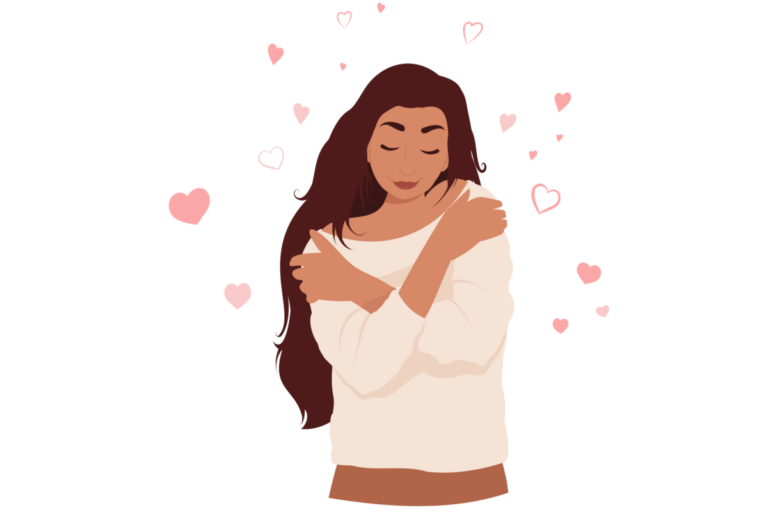How to Create a Mood Board: A Step-by-Step Guide
A mood board is a visual tool that conveys the essence of a concept, theme, or idea through a collage of images, text, and samples of objects.
It’s widely used in various fields such as interior design, fashion, graphic design, and advertising to communicate ideas and inspire creativity.

Creating a mood board can be both fun and effective. Here’s how to do it:
Introduction
- Mood boards are visual compilations that express the essence of ideas, themes, or moods for creative projects.
- They are invaluable in various fields like design, fashion, marketing, and personal projects for inspiration and conceptualization.
1. Define Your Purpose and Theme
- Identify the specific objective of your mood board: Is it for a fashion collection, a brand redesign, home decor, or a personal hobby?
- Choose a central theme that resonates with your objective, considering aspects like style, mood, era, and color scheme (e.g., ‘vintage nostalgia’, ‘urban contemporary’).
2. Gather Inspiration
- Source varied inspiration from digital platforms (Pinterest, Instagram), print media (magazines, books), nature, art galleries, and everyday life.
- Collect a wide range of elements such as images, color swatches, fabric samples, patterns, textures, typography, and inspirational quotes.
3. Choose a Format
- Decide between a tangible mood board (using materials like corkboards, cardboard) and a digital version (using software like Adobe Photoshop, Illustrator, or online tools like Canva).
- Consider the pros and cons of each format, such as the tactile experience of physical boards vs. the convenience and flexibility of digital boards.
4. Select and Arrange Your Elements
- Carefully curate elements that align with your theme, including high-resolution images, color palettes, text snippets, and textures.
- Arrange these elements, focusing on composition, visual balance, thematic consistency, and creating a focal point that draws attention.
5. Refine and Iterate
- Regularly step back and review the mood board for overall impact and coherence. Replace or adjust elements that don’t contribute to the theme.
- Experiment with different layouts, scales, and juxtapositions to enhance visual storytelling.
6. Add Contextual Elements
- Incorporate elements that add depth and context, like specific product images, fabric swatches, sketches, or even a splash of scent if relevant.
- These elements can enrich the mood board by providing a clearer understanding of the practical and emotional aspects of your theme.
7. Utilize and Share Your Mood Board
- Use the mood board as a guide or reference throughout your project to maintain consistency in vision and style.
- Share the mood board with team members, clients, or friends to communicate your concept and gather constructive feedback.
8. Incorporate Feedback
- Be open to feedback and suggestions from those who view your mood board.
- Use the feedback to make adjustments that could enhance the clarity and impact of your vision.
9. Focus on Sensory Elements
- Consider adding elements that address other senses, like textures you can feel or soundscapes if presenting digitally.
- This multi-sensory approach can make the mood board more immersive and engaging.
10. Keep It Flexible
- Remember that a mood board is a tool for inspiration, not a rigid blueprint. Be open to evolution and changes as your project progresses.
- Keeping the mood board flexible allows for creative growth and adaptation to new ideas.
11. Document the Process
- Keep track of your sources and the evolution of your mood board. This can be valuable for future projects or for understanding your creative process.
- Documenting also helps in giving credit to original artists or sources if your mood board is shared publicly.
12. Reflect and Learn
- After completing your project, reflect on how effectively the mood board guided your decisions.
- Use this reflection as a learning experience to improve your mood board creation skills for future projects.
Mood boards are dynamic and versatile tools essential for visual storytelling and concept development.
Whether for professional or personal use, they effectively bridge ideas and visual expression, enhancing creativity and clarity in any project.






